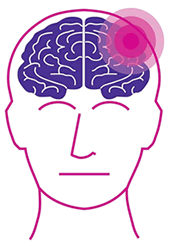2. The hospital team
The hospital team
Table of Contents

- Who they are and what they do?
- Discharge - What to expect
- Stroke Nurse Service - link between hospital and home
- Discharge Planning
- Home Visits
- The Care Needs Assessment
- From hospital to home-Intermediate care
- The Discharge Plan
- Delayed Discharge
- Alternatives to going home
- How to communicate effectively - ways to get your questions answered (1)
- How to communicate effectively - ways to get your questions answered (2)
- How to communicate effectively - ways to get your questions answered (3)
- Making a comment
- Making a compliment
- Making a complaint
- Making a complaint- further links
- Summary
Posted in The hospital team
Tagged Activities of daily living, Adaptations, Advocacy, Advocate, Appointments, Care Homes, Care Needs Assessment, Care package, Carer needs assessment, Carers' Voices, Carer support, Case manager, Citizen's Advice, Cognition, Communication, Community Rehabilitation, Complaints, Compliments, Complments, Confidentiality, CT scan, Delayed discharge, Discharge Planning, Dosette box, Early supported discharge, Equipment, Estimated date of discharge, Formal complaints procedure, Functional Electrical Stimulation, Goals, Home Visit, Hospital Social Worker, Key worker, Medication, Moving on policy, MRI scan, Naso-gastric feed, NHS continuing care, Occupational Therapist, Orthotist, Palliative or end of life care, PEG tube feed, Perception, Power of attorney, Reablement, Sheltered housing, Single shared Assessment, Stroke nurse service, Supported accommodation, Thrombolysis, Transcutanious electrical nerve stimulation, Video fluroscopy,